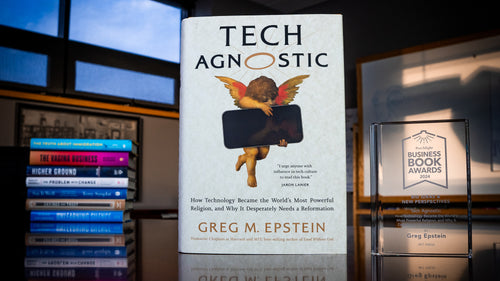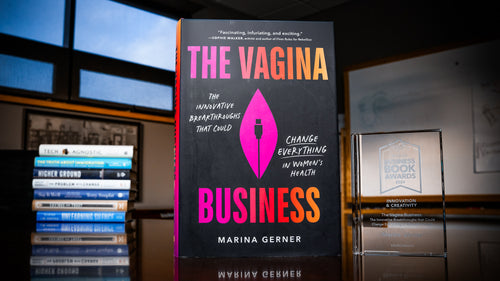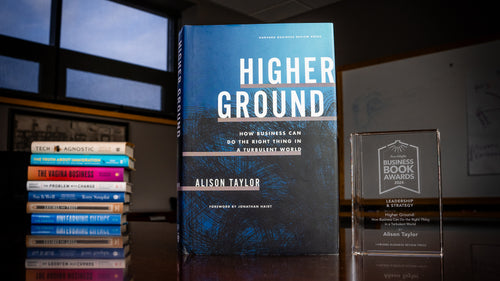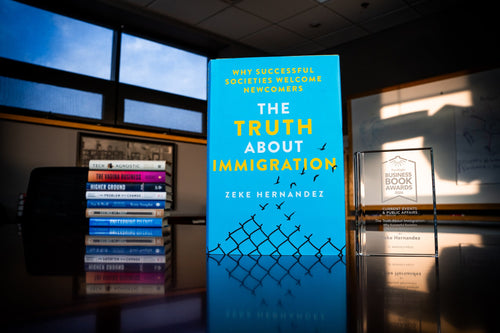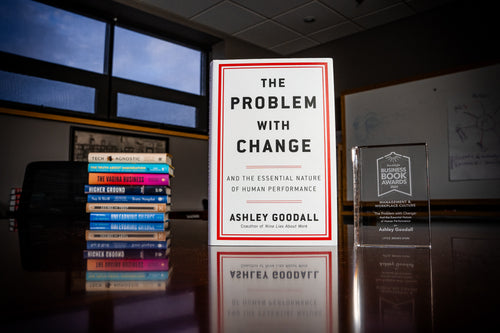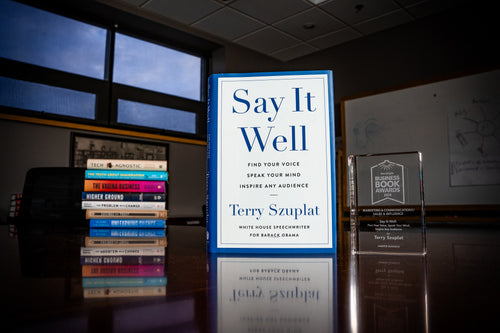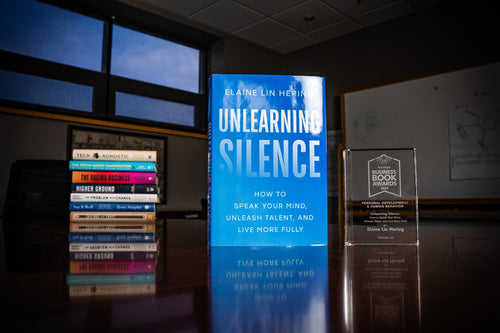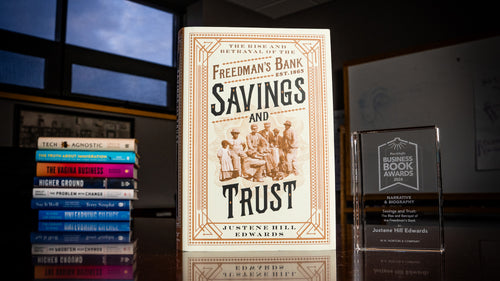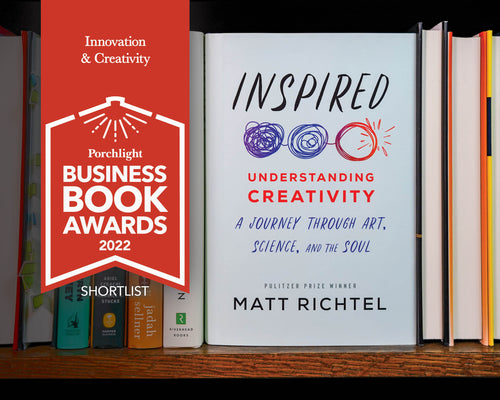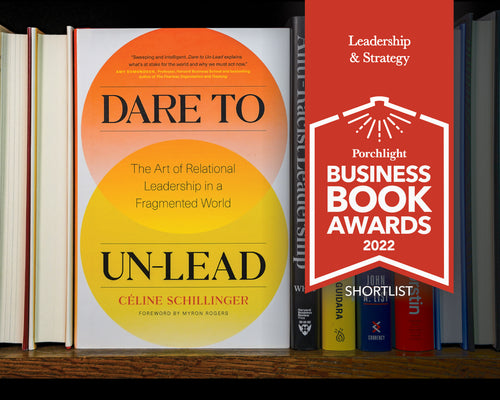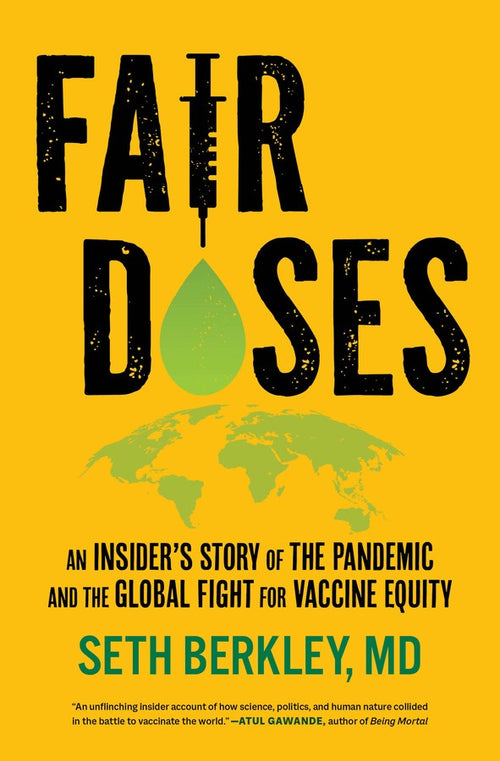The Measure of Our Age | An Excerpt from the Big Ideas & New Perspectives Category
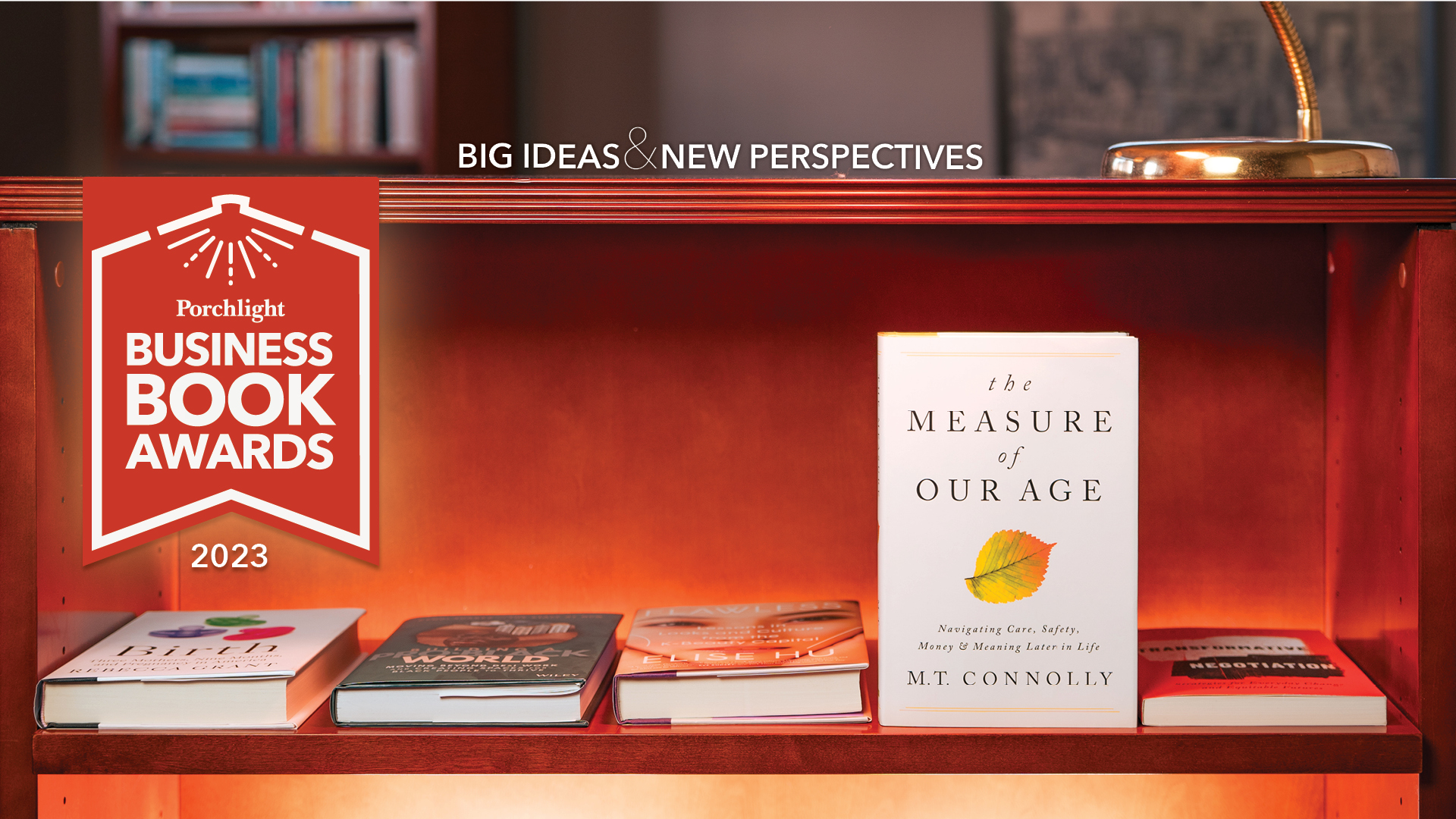
In measuring ageism’s impact, researchers have found that it shortens lives and costs billions. It also seeps into the culture where it’s magnified by our institutions. Our personal choices about aging aren’t made in a vacuum. They’re made in the context of the culture and the options available to us. So, improving how we age in our own lives means pushing our systems to improve, too.
Too often we think of old age as an island when in actuality we age not only as individuals but also as parts of families and communities, its repercussions rippling through both. And although we tend to freeze “old” in time, how we age is entwined with what happens earlier in life. Unaddressed problems build over the years. By late life, the snowball has become an avalanche. For well-being in aging, we need to better support people—caregivers and care recipients—through the whole life cycle.
This story of American aging is also shaped by another American story: our preoccupation with independence. By elevating adamant self-sufficiency to a singular virtue, we set traps that ensnare us in isolation and loneliness despite ample evidence that it’s in fact interdependence that leads to better health and well-being.
Another cultural inclination that serves us poorly is that we tend to wait until trouble happens and then react, instead of trying to get out ahead of it. Identifying the kinds of early and midcourse adjustments that might prevent trouble could do much to enhance our long lives.
Unlikely as it sounds, I found an illuminating model in automobile safety. When car companies started installing seatbelts, auto fatalities dropped. But medical examiners who investigated car crash injuries found patterns revealing that not all seatbelts were equal. Forensic analysis made the invisible more visible. Lap belts were better than no belt, but they didn’t protect upper bodies from catapulting into windshields and steering wheels. Such observations, and research confirming them, changed emergency medicine, car manufacturing, consumer safety practices, laws, and eventually social norms, preventing millions of traffic fatalities.
Reducing harm required looking closely at the grim aftermath and analyzing what went wrong, not just once, but many, many times to reveal the patterns. I wanted to trace the problems with aging I encountered back to their sources, try to discern the patterns, and better understand what progress might look like.
Aging plunges all of us into new worlds, each one with its own language and ways. Families often split up its diverse demands—care, finances, errands, insurance—depending on who’s closest or best suited for what. No one can know or do it all. A similar dividing up of responsibility happened in my professional life. The translators and guides who helped me understand the many worlds of aging and how these worlds intersect—among them a doctor, a criminal prosecutor, a social worker, an elder lawyer, and a banker—are characters in this book.
The book also has nonhuman characters—the fragmented systems that for now primarily appear in the role of villain. Systems are abstract and often obscured as we struggle to navigate them. But the harm they inflict is real. And their life-saving power when they do work is real, too.
In writing about people and systems, I inhabited a liminal role—simultaneously participant and observer, colleague, and chronicler. I tried to write what I knew, but as I looked more closely, instead of finding clear answers, often I found deep questions about the meanings of autonomy and safety, of compassion and justice. I learned how the trade-offs between them can evolve over a life, and how those trade-offs differ by person, family, and culture. What I learned changed me, too. For one thing, I started out as a prosecutor and emerged a “preventionist.” This book tells that story, as well.
What my colleagues and I came to understand was that trouble often grows from the kernels of very common aspects of aging—caregiving, health, housing, money, and the struggle to balance competing interests. Part I describes those challenges with an eye on ways to better navigate them.
Part II looks at how society responds when things go wrong in old age, the hard, sometimes shocking questions such cases raise, and some new ways to tackle them.
The subject of Part III is change, with examples from the community level to the level where federal laws are made, as well as a look at the mechanics of social change-making itself. The final chapter looks inward, at the intimate tools of change we possess in ourselves and in our relationships with others: the capacity to make meaning of time and aging through curiosity, purpose, stories, awe, and love.
As I wound my way from subject to subject, I found myself unexpectedly hopeful by the end. Powerful tools of change are already in the hands and hearts and minds of everyone who loves someone old, or who is aging. That is to say, all of us. By focusing more on what matters most and facing the future with less fear and greater generosity, we not only enrich our own lives but nudge the culture to do so as well.
In looking backward, successful change, like those shoulder belts, may seem obvious. But midstream, static and signal are harder to tell apart, especially when it comes to matters of longevity. Aging may seem imperceptibly slow, but it’s an illusion. We can’t feel ourselves hurtling through space as the earth spins or hurtling through time as we age. But we’re hurtling nonetheless. Paying attention to where we want to end up, and helping others do the same, is central to the business of living. Even small moves can make a big difference. But for now, there’s little social support for that kind of refocusing, despite the profound benefits it can yield.
In the pages that follow, I have tried to lay out both challenges and gifts of aging, in hopes that a more nuanced understanding can light a path for us—us as a society, us as families, and us as individuals—to improve our odds of a better old age.
Excerpted from The Measure of Our Age: Navigating Care, Safety, Money, and Meaning Later in Life. Copyright © 2023 by Marie-Therese Connolly. Published by PublicAffairs, an imprint of Perseus Books, LLC, a subsidiary of Hachette Book Group, Inc. All rights reserved.

